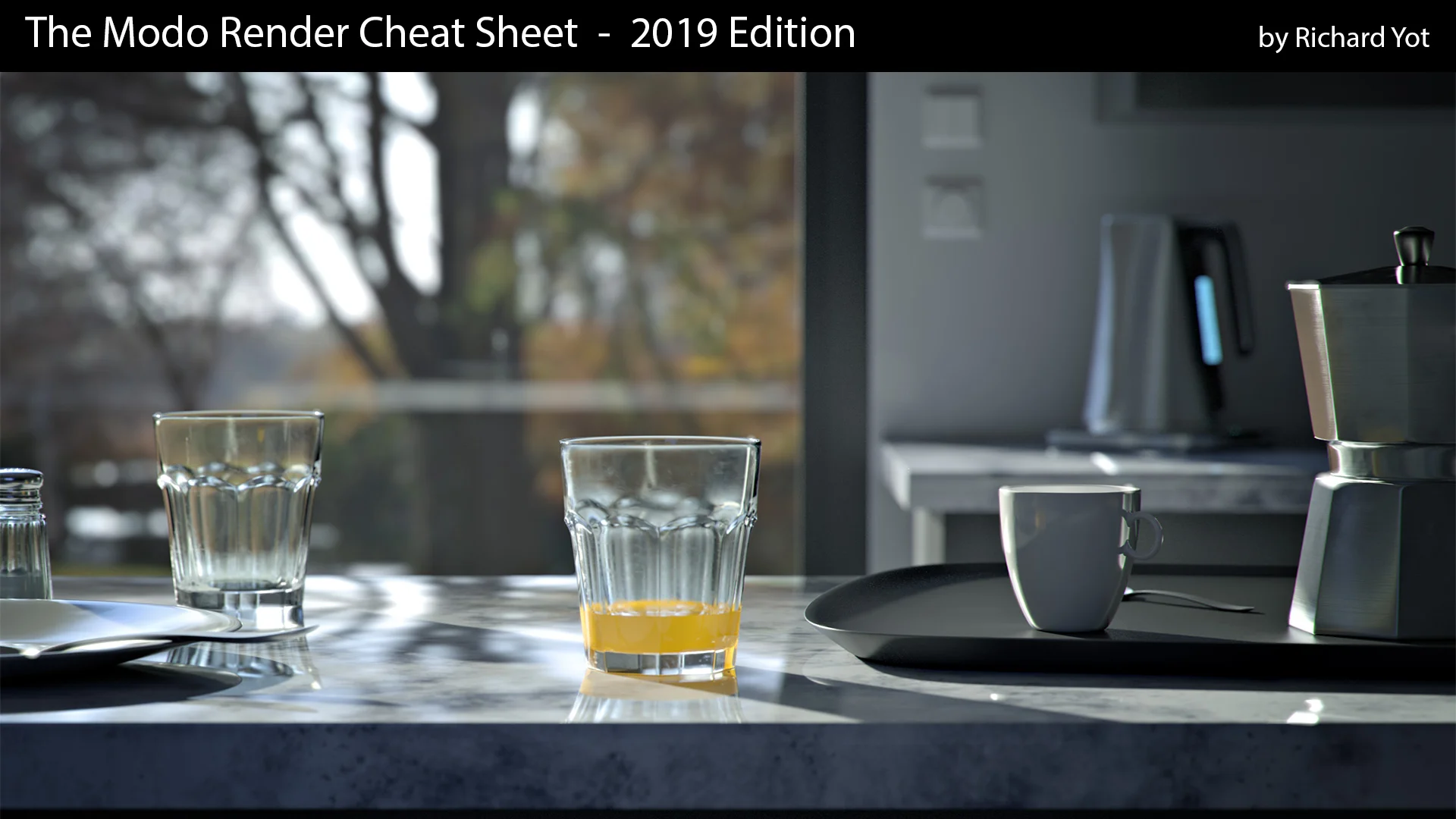
“At that time it was not yet complete enough to use in their film, but it gave Luxology a great foundation for the renderer that was eventually released as part of MODO.” This required a whole new approach and Hastings spent the next few months reading SIGGRAPH papers and brainstorming new ideas, and by October of 2003 he had a brand new renderer working that included many of the capabilities DNA had requested. Before doing so they asked if we thought a “moon shot” effort on our part could make our new renderer a viable alternative. In particular they needed micropolygon displacement mapping, improved anti-aliasing and motion blur, and very large scene handling, and they were leaning toward switching to Pixar’s PRMan. “They had used LightWave on Jimmy Neutron but were not confident in its ability to deal with their next film project, The Ant Bully.

However, this plan changed in July 2003 “after Brad and I visited DNA Studios in Dallas,” recalls Hastings. So when Stuart Ferguson, Brad Peebler and Hastings founded Luxology in 2002, their original plan was to develop a new renderer based on the same approach as LightWave, an accumulation buffer algorithm but with some enhancements such as using buckets for better multithreading. It went on to become very successful in VFX for television and film ( Babylon 5, Titanic, and Battlestar Galactica).

It can be easy when looking at MODO to focus on its modeling tools and lose sight of how cutting edge the included MODO 901 renderer is and how it has developed over time.īefore MODO was with The Foundry, and before it was the core of Luxology, Allen Hastings in 1988 started developing the LightWave 3D renderer.


 0 kommentar(er)
0 kommentar(er)
